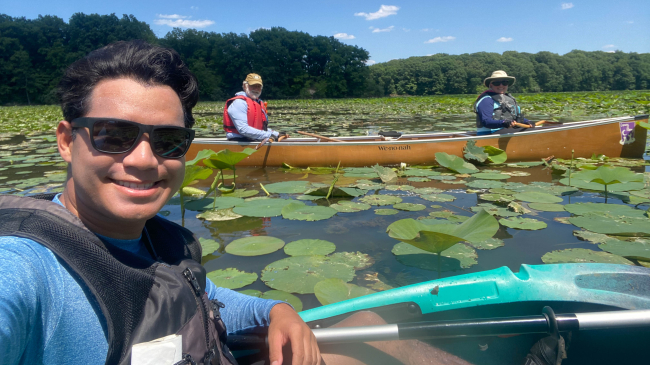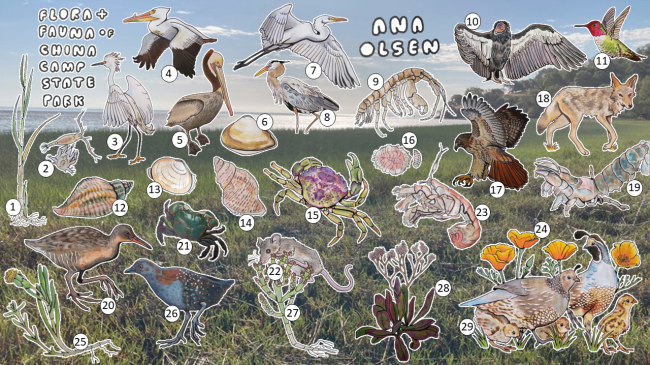Hey there! My name is Kaitlyn Dirr, and I’m a 2021 Hollings scholar. This summer for my NOAA Hollings internship I had the pleasure of serving as the avian intern for Rookery Bay National Estuarine Research Reserve (NERR) in Naples, Florida. In this position, I studied protected seabird nesting colony disturbance focusing on two of Florida’s local seabird species: black skimmers (Rynchops niger) and least terns (Sternula antillarum).
I had such a fun time observing these species in the field that when it came time to present, I wanted to find a more immersive way to share all I had learned with my audience. I created an Esri StoryMap to serve that purpose! With nesting colony sound files and various nesting site maps for readers to interact with, the StoryMap allows readers to explore the impacts of different levels of Critical Wildlife Area offsite link protection on nesting colony disturbance.
Story map: Protected seabird nesting colony disturbance study
By: Kaitlyn Dirr
The hands-on learning I was able to experience in the field during my internship this summer was invaluable. Working as an avian intern at the reserve reaffirmed my desire to pursue a career in wildlife and fisheries management and sparked an interest in bird work!
Photos from the field
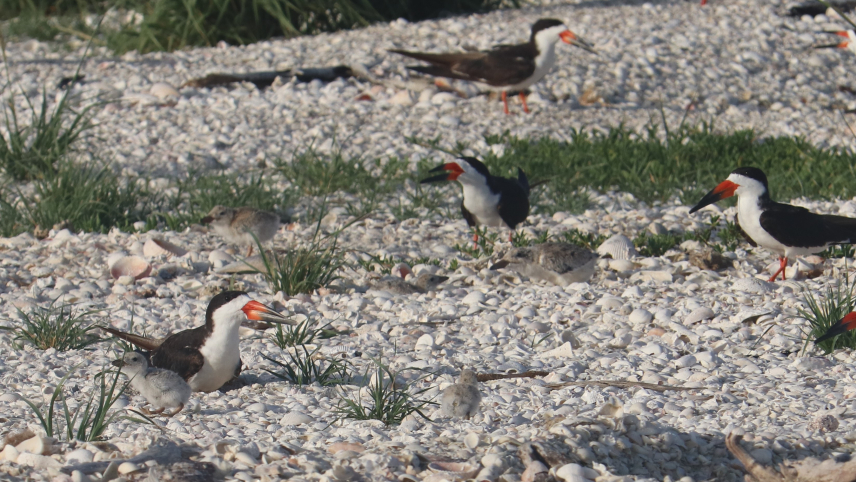
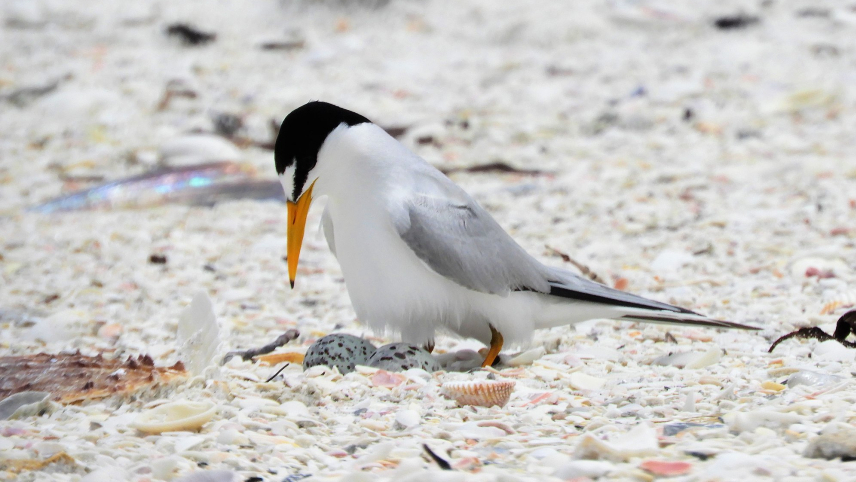
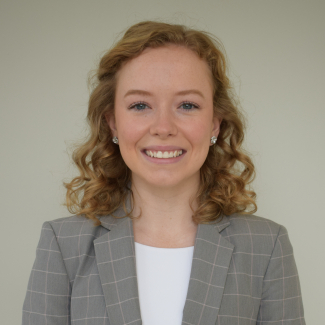
Kaitlyn Dirr, 2021 Hollings scholar
Kaitlyn is a 2021 Hollings scholar and biology major at the University of South Carolina.


